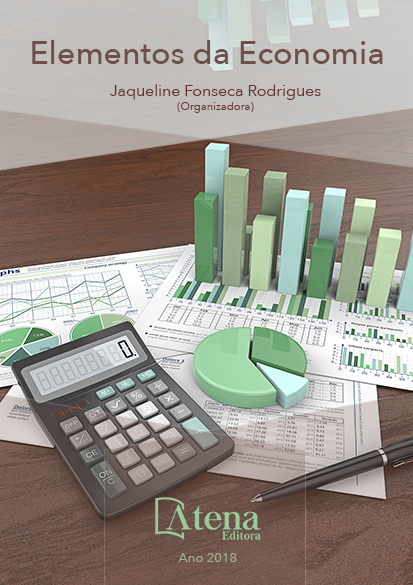
O IMPACTO DOS GASTOS DISCRICIONÁRIOS DO GOVERNO BRASILEIRO NA TAXA DE JUROS
O impacto que a política fiscal pode
causar na taxa de juros é um tema que vem
sendo abordado por diversos autores nos
últimos anos. A teoria é que aumentos dos
gastos do governo impactam na demanda
agregada, afetando o nível de produção e
renda, sem consequente diminuição dos custos
de produção (BARRO, 1981; DORNBUSCH;
FISCHER, 1991; BARROS, 2012). Dessa
forma, tal aumento acaba por gerar pressões
inflacionários que serão combatidas via
aumento nas taxas de juros (Regra de Taylor).
São encontrados na literatura diversos modelos
que buscaram explicar qual o impacto que os
aumentos dos gastos do governo exercem
sobre a taxa de juros. Porém, em sua maioria
restringem-se a economias mais desenvolvidas
como Estados Unidos e Europa. Existe, portanto,
uma lacuna para trabalhos neste sentido para
o caso brasileiro. Sendo assim, este trabalho
tem como objetivo analisar o impacto causado
pelo impulso fiscal – representado pelos gastos
discricionários do governo – na taxa de juros
do Brasil no período compreendido entre o
primeiro trimestre de 1996 e o terceiro trimestre
de 2017. Para tanto, utilizou-se de um modelo
econométrico através de uma regressão linear
via método dos mínimos quadrados ordinários.
O resultado encontrado foi positivo, ou seja,
um aumento nos gastos discricionários do
governo gera um aumento na taxa de juros.
Mais precisamente, um aumento em 1 ponto
percentual no impulso fiscal acarreta em um
aumento de 150 pontos base na taxa de juros,
sendo este resultado em linha com outros
encontrados em estudos semelhantes.
O IMPACTO DOS GASTOS DISCRICIONÁRIOS DO GOVERNO BRASILEIRO NA TAXA DE JUROS
-
DOI: 10.22533/at.ed.1551820127
-
Palavras-chave: política fiscal; austeridade; taxa de juros.
-
Keywords: Fiscal policy; austerity; interest rate.
-
Abstract:
The impact of fiscal policy on
interest rates is a topic that has been addressed
by several authors in recent years. The theory
is that increases in government spending
impact aggregate demand, affecting the level of
production and income, without a consequent
decrease in production costs (BARRO, 1981;
DORNBUSCH; FISCHER, 1991; BARROS,
2012). Thus, this increase ends up generating
inflationary pressures that will be counteracted
by an increase in interest rates (Taylor’s Rule).
Several models have been found in the literature
to explain the impact of increases in government
spending on interest rates. Most, however, are
restricted to more developed economies such
as the United States and Europe. There is,
therefore, a gap for works in this sense for the Brazilian case. As a result, the objective
of this study is to analyze the impact caused by the fiscal impulse - represented by the
discretionary spending of the government - in the Brazilian interest rate in the period
between the first quarter of 1996 and the third quarter of 2017. For this, the model is
based on a linear regression using the ordinary least squares method. The result was
positive, that is, an increase in the discretionary spending of the government generates
an increase in the rate of interest. More precisely, a 1 percentage point increase in the
fiscal impulse leads to a 150 basis point rise in interest rates, a result in line with others
similar studies.
-
Número de páginas: 15
- Wagner Eduardo Schuster


